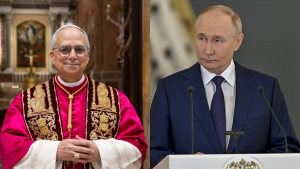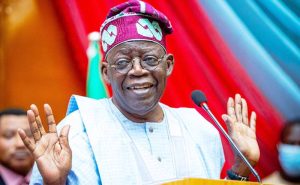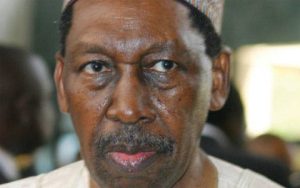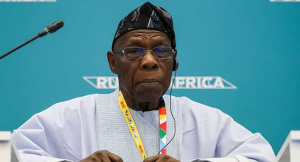
Last week, the Indian government confirmed that dozens of the 91 Indian nationals forced to fight for Russia in its ongoing war against Ukraine had been discharged, with several now safely back home.
The repatriation efforts are ongoing as authorities work to bring back those still stranded in Russia. The group, mostly from impoverished backgrounds, had been lured into service with promises of money and employment, only to be sent to the frontlines.
Urgen Tamang, a former Indian soldier, shared his distressing experience. “I am in panic. I am not sure if I will return safely or in a box. Please save me,” he texted from southern Ukraine, just days before his release from Russia’s military operations.
Tamang is one of the 91 Indians who found themselves forced into the war. These individuals, many of whom had no military training, were sent to conflict zones in Russian-occupied areas of Ukraine. They endured landmines, sniper fire, and drone attacks with little preparation. The tragic toll has been high—nine Indians have already died in the war.
In July, Russian authorities agreed to discharge all Indian recruits following a direct appeal from Indian Prime Minister Narendra Modi during his visit to Moscow, where he discussed the issue with President Vladimir Putin. As a result, 45 Indians have since been released, though some remain in transit, including Tamang.
Among those now home is Sunil Karwa, an electrician from Rajasthan, who was stationed near Bakhmut, one of the most war-torn areas in eastern Ukraine. “I can’t believe I am out of there,” Karwa told the BBC from Moscow’s airport, awaiting his flight home. He described the devastation around him, including the heart-wrenching moment when a man from his village was shot in battle and later sent back to the frontline, only to become paralyzed.
Many of these Indian recruits, aged between 19 and 35, were employed through agents based in India, Dubai, and Russia, who made lofty promises about lucrative jobs. Instead, they signed contracts they didn’t understand—often in Russian—only to find themselves in combat zones.
“The process was so quick—just a few signatures and photos, and we were in [the army],” Karwa explained.
Raja Pathan, another Indian recruit, was lured into the war after being duped by an education consultant into enrolling in a non-existent college. “By then, I had spent so much time and money that I decided to join [the army] anyway,” he recalled. After losing two friends in battle, Pathan found a sympathetic Russian commander who facilitated his release in August. Now, he helps other Indians escape from the war.
Mohammad Sufyan, from Telangana, returned to India on 12 September with five others, but the trauma of his experience remains fresh. “There was little rest there, and in the beginning, I couldn’t speak to my family for 25 days,” Sufyan said. He vividly recalled the moment a missile killed his friend, Hemil Mangukiya, right before his eyes. “He was merely 15 metres from me, digging a trench when a missile landed,” Sufyan recounted, adding that he personally loaded his friend’s body onto a truck.
Sufyan, along with other stranded Indians, released a video pleading for help, which caught the attention of Indian MP Asaduddin Owaisi, who raised the issue with the foreign ministry. Families of the men also appealed to Indian authorities to bring their loved ones back safely.
While many have returned home, those still in Russia are growing increasingly anxious. Tamang, who had been sent back to the frontline twice despite signing a discharge letter in August, expressed doubts about his release. “I am out, but I will keep sending you my location,” he told the BBC on 15 September, as he made his way from Ukraine to Moscow. His fears reflect the continued uncertainty faced by those still awaiting repatriation.







